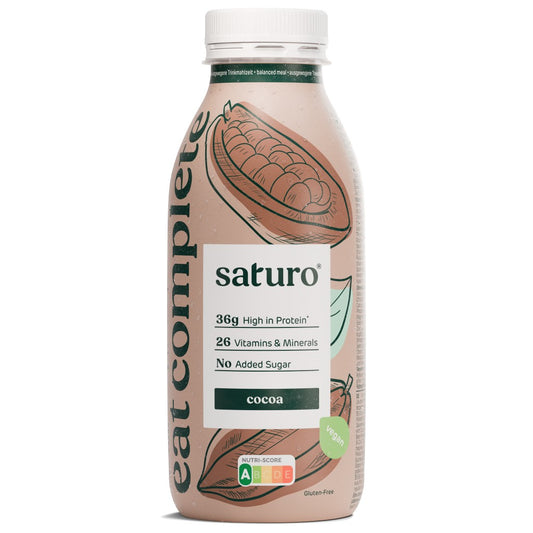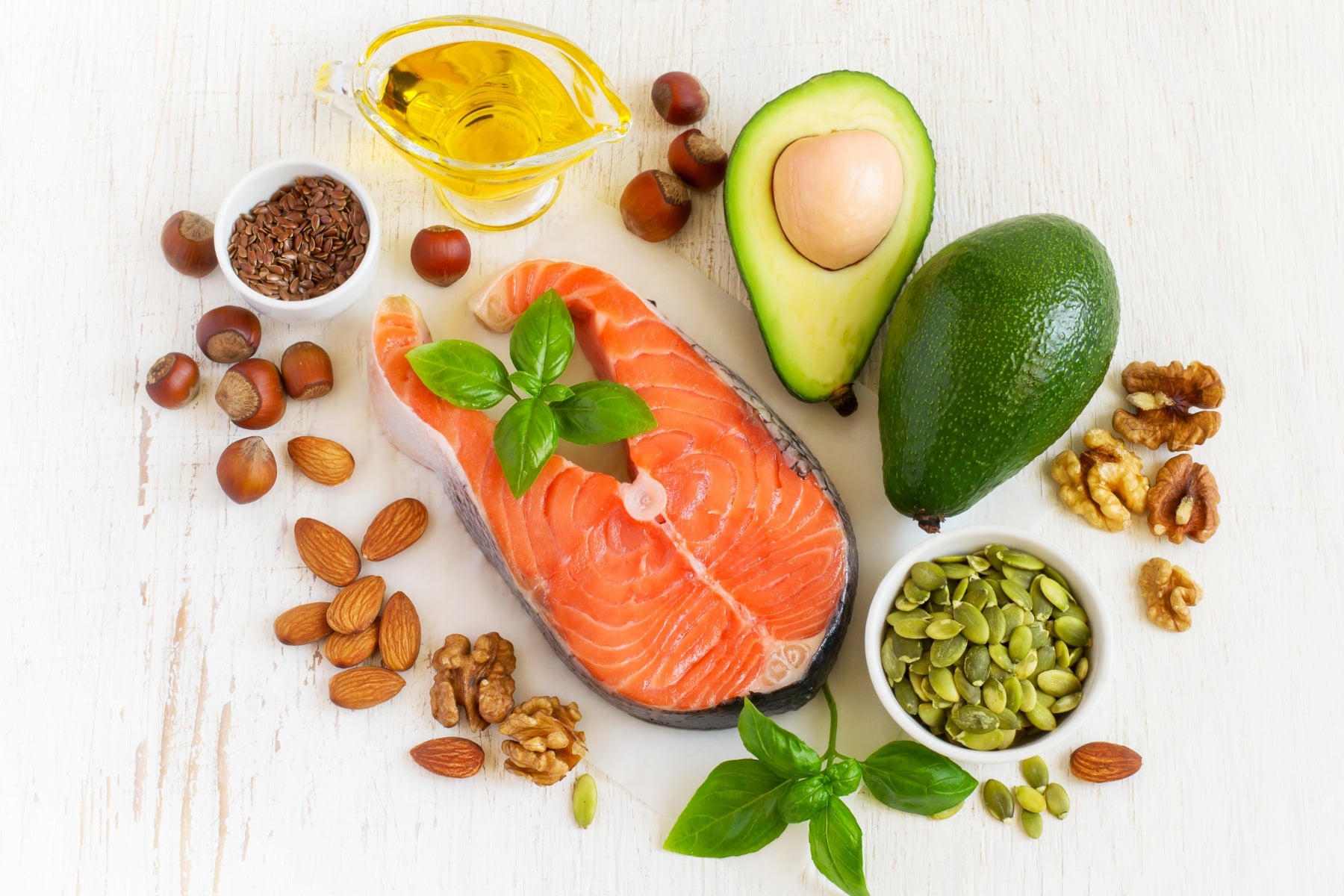Table of contents
1
What is dietary fiber?
Dietary fiber: Soluble and insoluble
Table: Soluble and insoluble dietary fibers
2
Fiber-rich foods: Where can you find fiber?
Table: High-fiber foods
High-fiber foods: Gluten-free sources of fiber
3
What do you need fiber for? Effects and functions
Dietary fiber stimulates digestion
Dietary fiber prevents bowel cancer
Dietary fiber reduces the risk of breast cancer
Dietary fiber strengthens the immune system
Dietary fiber against civilization diseases
Dietary fiber increases life expectancy
4
High-fiber diet
How much fiber should you eat per day?
Gradually increase your fiber intake
Chew high-fiber foods well
Drink enough when eating a high-fiber diet
5
Low fiber diet
When fiber should be avoided
Low-fiber diet: Not recommended in the long term
Low-fiber diet: Be careful with the following low-fiber foods
6
Conclusion
Table of contents
1
What is dietary fiber?
Dietary fiber: Soluble and insoluble
Table: Soluble and insoluble dietary fibers
2
Fiber-rich foods: Where can you find fiber?
Table: High-fiber foods
High-fiber foods: Gluten-free sources of fiber
3
What do you need fiber for? Effects and functions
Dietary fiber stimulates digestion
Dietary fiber prevents bowel cancer
Dietary fiber reduces the risk of breast cancer
Dietary fiber strengthens the immune system
Dietary fiber against civilization diseases
Dietary fiber increases life expectancy
4
High-fiber diet
How much fiber should you eat per day?
Gradually increase your fiber intake
Chew high-fiber foods well
Drink enough when eating a high-fiber diet
5
Low fiber diet
When fiber should be avoided
Low-fiber diet: Not recommended in the long term
Low-fiber diet: Be careful with the following low-fiber foods
6
Conclusion
Table: Soluble and insoluble dietary fibers
| Soluble dietary fiber | Insoluble dietary fibers |
|---|---|
| Pectins | Cellulose |
| inulin | hemicellulose |
| Plant mucilage and plant gum |
Table: High-fiber foods
| Soluble dietary fiber | Foods |
|---|---|
| Pectins | Unripe fruit, seeds & peel of apples, quinces & berries |
| inulin | Chicory, Jerusalem artichokes, garlic, artichokes |
| Plant mucilage and plant gum | Algae, tropical plant juices (e.g. acacia) |
| Insoluble fiber | Foods |
|---|---|
| Cellulose | Fruit, vegetables, pulses, wholegrain cereals |
| Hemicellulose | Fruit, vegetables, pulses, wholegrain cereals |





